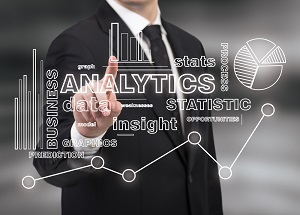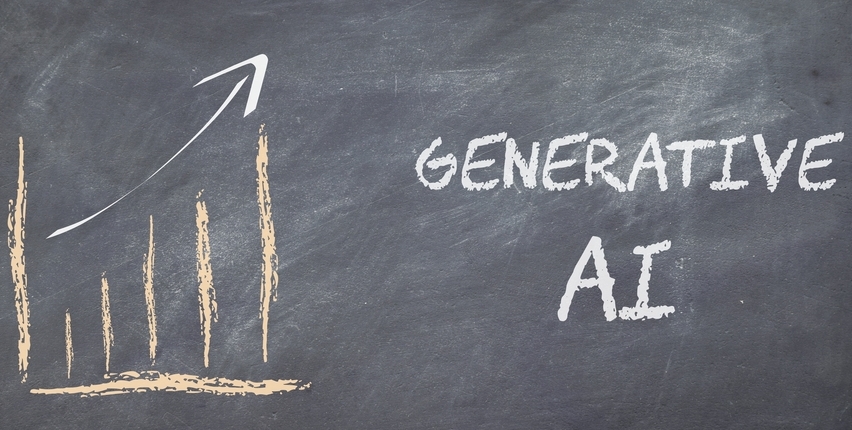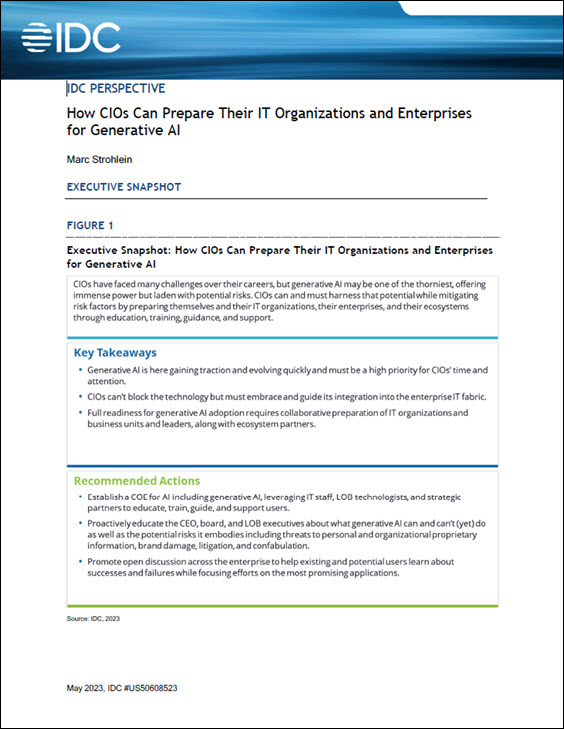The onset of summer means dry weather conditions are coming, and with them another potentially devastating wildfire season. Even with decades of experience combating wildfires under first responders’ belts, there remain shortfalls in how fire departments and other government organizations prepare for and address these infernal threats.
A strong solution for the prevention and containment of wildfires, that first responders may not be aware of, rests within data and analytics. Just as major corporate conglomerates, research institutions, and top-tier universities have turned to today’s data in hopes of solving tomorrow’s problems, analytics too can benefit first responders and government officials as they combat wildfires.
Establishing Risk Metrics
As cities and communities first prepare for the threat of wildfires, data analytics can be useful in assessing and mitigating risk factors. This includes using predictive and prescriptive analytics to pull insights from data collected near fire-prone regions, like traffic patterns on certain roads and population density of particular neighborhoods. These insights can be used to predict just how much damage may be caused and what measures need to be implemented.
What types of data that first responders choose to collect and organize can also help when addressing a particular fire’s damage potential. Understandably, officials may be primarily concerned with more pressing and tangible statistics, such as potential lives lost, numbers of homes damaged, and future cost of repairs or rehabilitation. But the amount of time spent between a fire’s initial spark and its rapid growth, as well as information pertaining to historic and current weather patterns, is useful data that can be utilized to quantify and measure potential risk.
Using Social Media Data to Combat Fires
Something as innocuous as a tweet from a homeowner or an Instagram post from a driver passing near a fire along the side of the road may not seem to present much value to firefighters and government officials. But some of the most valuable data that first responders can collect and interpret before the onset and devastation of wildfires is through social media.
When this social media data is collected, organized, and interpreted using analytics, it can help first responders chart how a fire is progressing, what populations may be at risk, and better project potential damage. This could be done by analyzing social media posts from users to note where people affected by the fire may be congregating, when certain traffic delays or road closures may take place, and how the fire has damaged particular regions.
Benefitting Taxpayers Long-term
It is difficult for any organization to measure or quantify the actual money saved thanks to analytics. This can make residents of a fire-prone region skeptical if some newly-proposed, taxpayer-funded investment into data is worth it, considering that money could be spent on items that provide more immediate impact, such as new trucks or renovations to existing facilities.
But data and analytics bring far-reaching benefits even after a fire’s spread. Investment in a robust data and analytics team within public agencies ultimately helps reduce a fire’s impact and the associated costs of damage. Or, simply put, putting more money into data analytics can help reduce the amount taxpayers spend in fighting wildfires long-term.
Informing a Risk-averse Public
Even if residents are aware of the decades of wildfire history that has occurred outside their front doors, they still may not fully consider the possibility that their own home may be destroyed by a wild blaze someday. This is because people often don’t fully consider future negative consequences because they don’t believe it will happen to them.
Data analytics can be used to paint a more realistic portrait of how a fire may spread and the individuals it could impact. Officials within government organizations can use data visualization tools to depict future wildfire scenarios over a set geographic region and how particular homes may be affected. Hearing that a fire may destroy 10-25 houses in their community may not sway a particular resident to start packing their belongings- but seeing data-driven visualizations of how that fire could damage their own home would push that resident to take action.
About the Author

Anirudh Ruhil is a professor at Ohio University’s Voinovich School of Leadership and Public Affairs who teaches quantitative research methods, policy analysis, and program evaluation for the Voinovich School’s Online Master of Public Administration academic programs and serves as a quantitative research methodologist/data analyst for the School. He is also the director of the Voinovich Undergraduate Research Scholars program.
Sign up for the free insideAI News newsletter.




